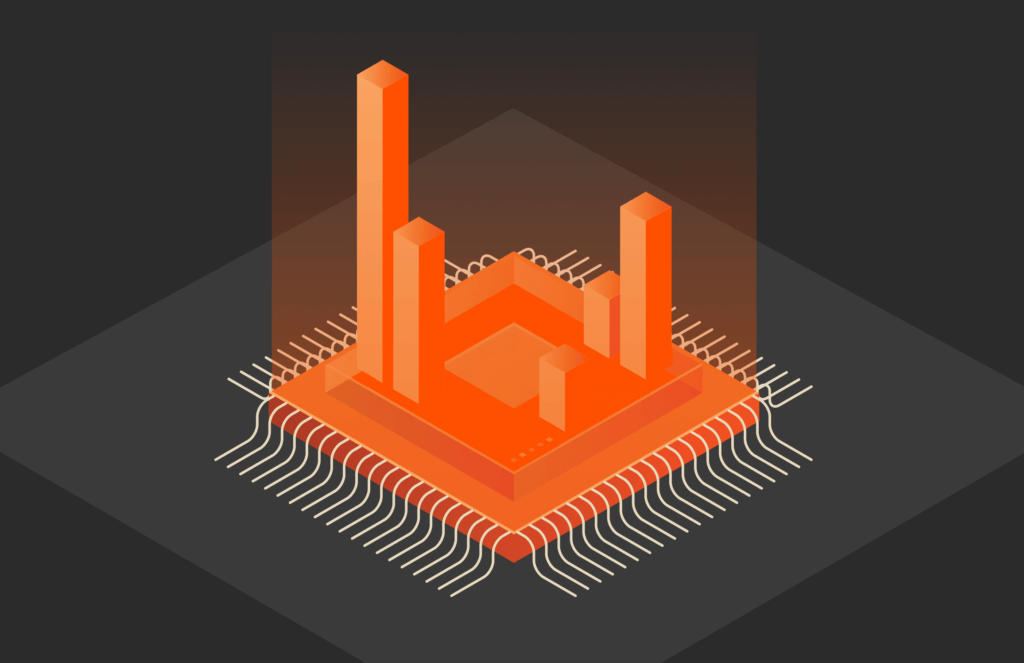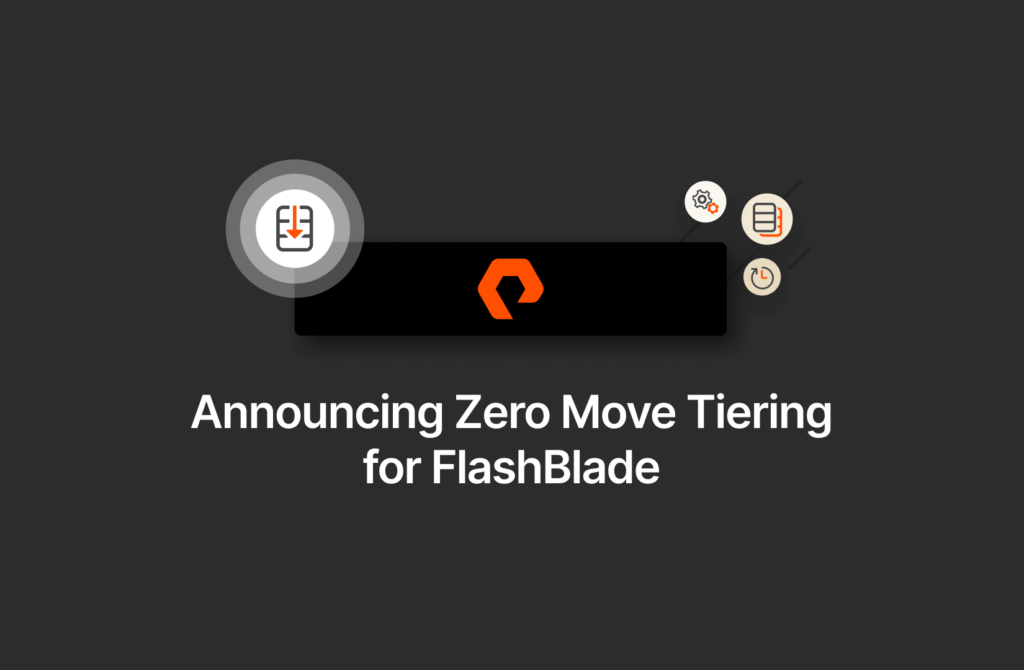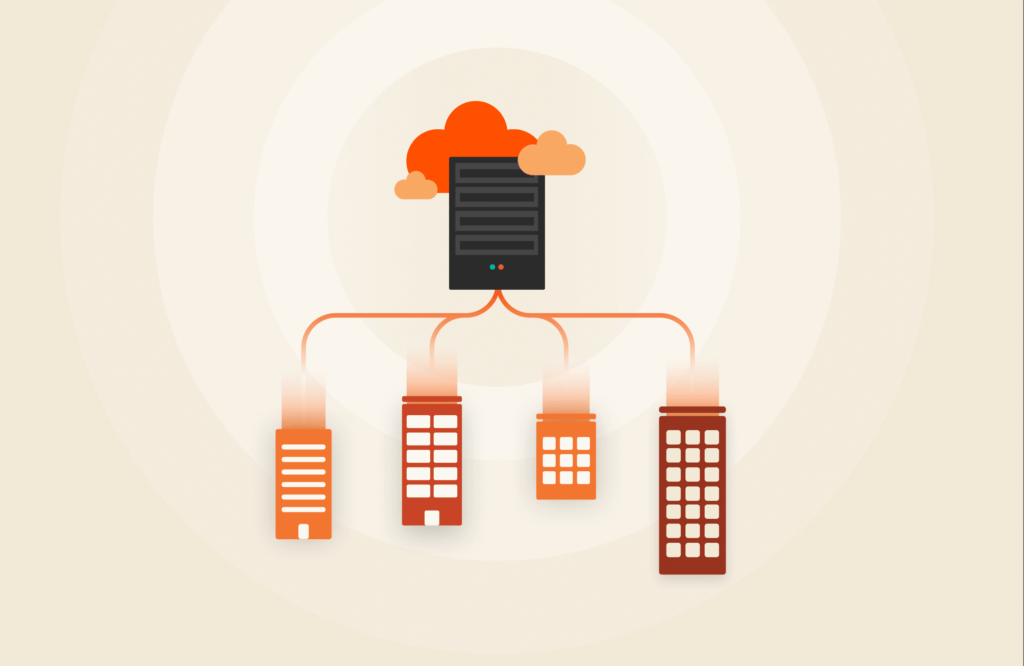We’ve seen incredible momentum for quad-level cell (QLC) flash as enterprises across all industries transform and streamline their traditional storage environments, saying goodbye to the days of hybrid storage arrays.
Because we are constantly listening to the needs of organizations around the globe, Pure Storage® had the foresight years ago to optimize and innovate for QLC.
Is QLC Real? Yes, and People Want It
Recognizing the QLC opportunity early on, we became the first major player to offer a storage system designed to use the technology in 2019. With FlashArray//C, we vastly improved both the reliability and durability of QLC in an all-flash platform. By optimizing our own SSDs for QLC media and workloads, we’ve built arrays that don’t compromise durability, performance, or reliability. And we deliver it all at a price point that makes all-flash accessible for any workload and renders hybrid arrays obsolete.
Analysts agree we’re on the right track:
- According to Gartner, QLC adoption will accelerate to more than 50% by 2025.
- 451 Research was “not surprised that Pure Storage is leading the charge into the new form of flash while most of its incumbent rivals are holding back,” underscoring our commitment to delivering high-capacity flash arrays while redefining traditional enterprise storage with QLC.
And it turns out the market wanted this. Our all-QLC FlashArray//C is the fastest growing product in Pure’s history.
Why then, are some legacy vendors questioning the future of QLC? From our perspective, it’s a failure to innovate and a desire to protect their relatively large legacy hybrid business based on HDDs.
Let’s look at the technical meat behind this conversation:
Utilizing New Mediums Requires Optimization and R&D Investment
Taking advantage of new technologies takes resources and foresight. R&D must start early and have the needed resources committed to it. So it’s not a major surprise that certain legacy vendors lag behind in the move to create anything new.
Pure’s investment in continuous innovation put us years ahead of the competition in optimizing for QLC and it is paying off both for us and for our customers. This isn’t the first time our commitment to R&D has given us a head start: We were the first to bring all-flash to the masses. And, more recently, we were first to capitalize on NVMe.
QLC won’t be the last new medium or technology that we bring to market first.
QLC’s Benefits Extend Beyond Price and Capacity
Not only are we eliminating the need for hybrid arrays with the much more sustainable all-QLC FlashArray//C, but we’re bringing significant power and space benefits over TLC. With QLC we deliver 2.7 times the density of Triple Layer Cell (TLC) —and that also means 2.7 times the power efficiency on a power/capacity basis.
As we progress, we’re looking at a future in which our TLC will improve substantially on a power and density basis, but our QLC will still be four times better. This built-in sustainability is a huge benefit, helping organizations realize their carbon-footprint reduction goals.
Pure’s DirectFlash® Module Innovation Is the Secret Ingredient
Pure introduced the world’s first software-defined flash module—DirectFlash— in 2017. The innovation investment in DirectFlash continues to pay off. As a result, we can enable QLC to perform and endure far better than the QLC drives available to legacy vendors and their massive supply chains. To top it off, consider the density and power advantage of only needing 20 DirectFlash modules and 3RU for a more enduring, higher performing, and more consistent 1PB in 3U (effective capacity of 3PB in 3U) than a whole slew of legacy arrays.
The Bottom Line
By trying to obscure the many advantages of QLC, our competitors are trying to protect their legacy investments in HDD, which costs their customers in latency, power, and space costs, instead of investing in innovation to provide improvements in those areas.
To learn more about how Pure is innovating with QLC, check out:
![]()




